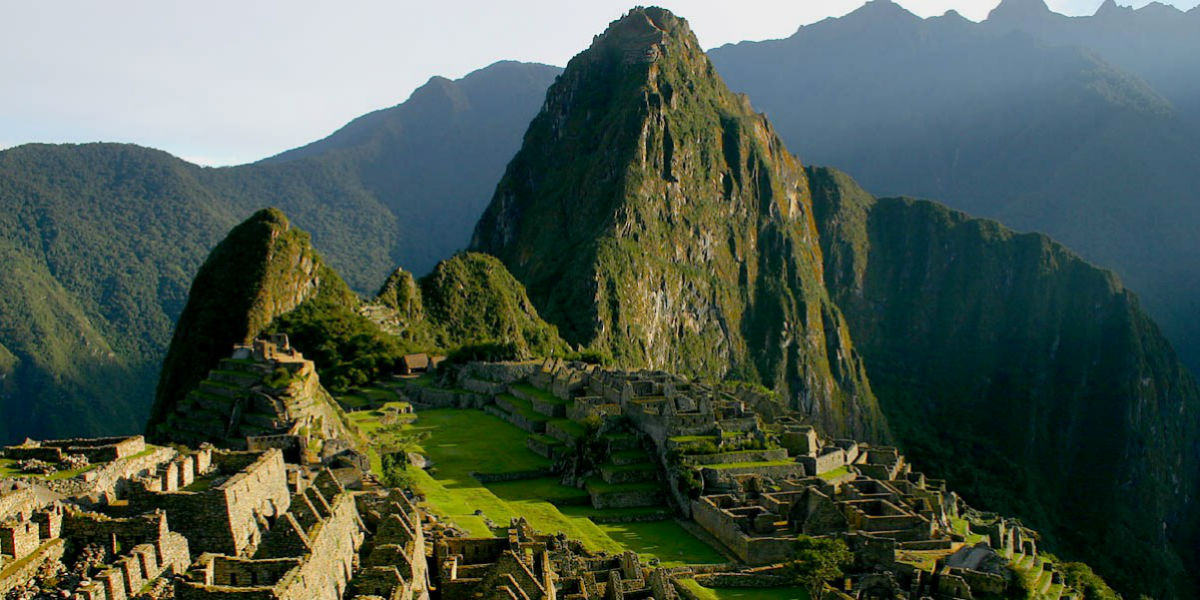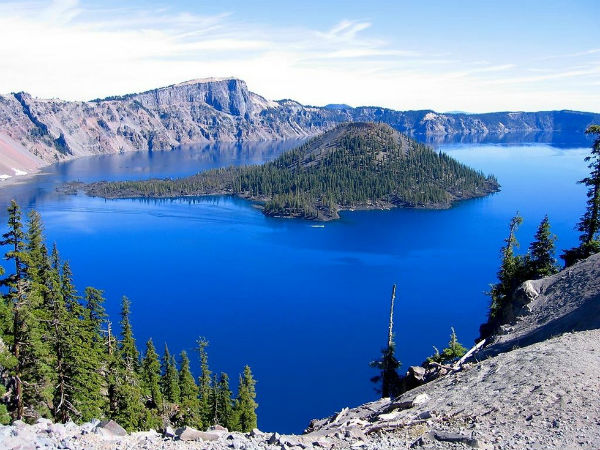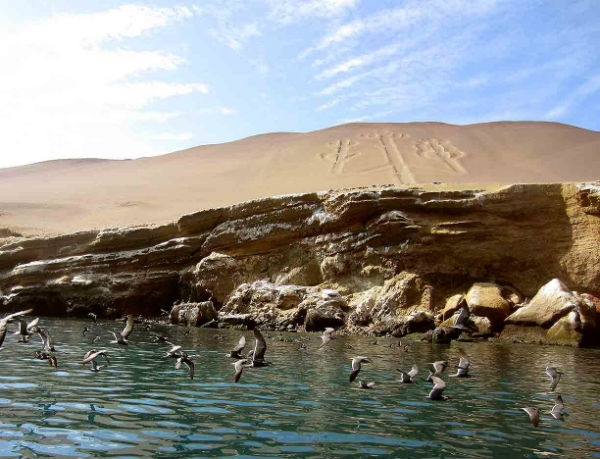Day 1. Lima
Meeting at the airport. Transfer to the hotel.
Day 2. Lima
It is hot in Lima!
Such a huge ocean, waves running in the distance and Asia beyond the horizon.
A visit to colonial Lima with its vice-royal charm, including the main square, the Cathedral, the presidential palace, the San Francisco monastery and Huaca Pucclana, the center of Inca worship. It was constructed of mud bricks in the shape of pyramids. We continue our tour driving through the modern districts with beautiful parks, squares and avenues. For example, the Miraflores district where attractive beaches, active commerce and nightlife are perfectly combined. A visit to the romantic “Love Park” with a giant sculpture of “Andean lovers” overlooking the Pacific Ocean.
Day 3. Lima – Paracas – Nazca
Transfer to Paracas.
Upon arrival in Paracas, we will head to the port, take a seat on the boat and begin the journey to the Islas Ballestas. On the way to the islands we will see the famous Chandelier – a picture made on the hardened sand located to the north-west of the Bay of Paracas, between the beaches of Martin and Talpa. This Chandelier is also known as Three Crosses or Trident. It is a ground pattern stretching over 120 meters. Islas Ballestas (also called as the “Little Galapagos”) are a home to sea lions, Humboldt penguins, dolphins, pelicans and more than two hundred species of birds. Approx. after 2 hours – return to the port of Paracas and departure to the city of Ica.
Dinner at the restaurant. After dinner we can visit the incomparable oasis of Huacachina (by request). The waters of the oasis are of healing quality. The oasis is distinguished by its great landscapes and high dunes and palm trees surrounding it.
Moving to the city of Nazca. Hotel accommodation.
Day 4. Nazca – Arequipa
Transfer to the airport for a flight over the famous and mysterious Nazca lines covering the area of approximately 350 km2. The most popular and best-preserved figures are hummingbird, the dog, the monkey, the spider, the astronaut, the condor and others. Each of them has a depth of about 30 cm.
Return to the hotel for breakfast.
Departure from Nazca to Arequipa (by bus). Arrival in Arequipa and accommodation at the hotel.
Day 5. Arequipa
City tour of Arequipa, the second largest city of Peru preserving the treasures of colonial architecture.
A visit to the modern urban districts such as Selva Alegre. A visit to the Plaza de Armas (Main Square) of the city of Arequipa and the main cathedral as well. Afterwards, a visit to the famous monastery of Santa Catalina. The monastery was founded in September, 1579 under the patronage of Santa Catalina of Sevilla. Until 1970 the monastery was closed to the outside world thus retaining the atmosphere of XVI – XVII centuries. Santa Catalina is a paradise for photographers who can capture each nuance of lighting in the narrow streets or bright colors under the sunlight in dark cells and corridors. Nunnery (now about 20 nuns are living here), a real town within a big city with small and narrow streets named after Spanish cities (Toledo, Granada etc.) and surrounded by giant walls. Built in 1580, it became open to tourists only in 1970 immediately growing in the main showplace of Arequipa. Patios decorated with flowers, galleries, orange tree gardens – many generations if nuns, girl from best Spanish families, spent their time here in complete isolation.
Day 6. Arequipa – Chivay
Departure to Chivay ( by bus). We will see different villages, snow-white mountain of Chachani, active volcano of Misty, Kanauas pampas with grazing vicuñas on our way. La Pulera, Callali, Sivaё and Chivay are also located there. A visit the local craft market and the Church. Hotel accommodation. Overnight in Chivay district.
Day 7. Chivay – Puno
Early in the morning we will headto the deepest canyon in the world and the neighboring Cruz del Condor (“Cross of the Condor” valley) where you will be able to watch the majestic flight of condors. Everything – the landscape, views, sceneries and sales – seems surreal here. On the Cruz del Condor viewpoint you will marvel a magnificent panorama of the Colca Canyon. As soon as the tour comes to end we will return to the town of Chivay make a halt in the village Pincholho. A visit to the village of Yanque famous for its church. Back to the hotel for lunch (not included to the price of the program).
Departure to Puno. Hotel accommodation.
“Mate de Coca” (a traditional Peruvian drink made from coca leaves) as a welcome.
Day 8. Puno
Touring on the Titicaca Lake (by boat), the most high-mountain navigable lake in the world. This sacred lake is the second largest in South America and is located on the border between Peru and Bolivia. In the Aymara language, Titicaca means “Stony Puma”. Reed grows everywhere here; locals are building famous floating island, boats and huts using this reed for centuries. We will certainly visit Uros, floating island made entirely of reeds. Return to the hotel. A visit to the archaeological complex Chupas Sillustani (necropolis in the form of towers), a construction dating back to worship preceded the Inca domination.
Day 9. Puno – Cusco
Bus transfer to the city of Cusco. You will be able to visit the plateau of the Altiplano – geographical area of Peru, Bolivia and Chile at an altitude of 3600 m and higher. Along the way you can observe the Peruvian representatives of Camelids such as vicuñas, alpacas and lamas as well as the communes of Aymara Indians just out of the bus window. A halt in La Raya and Pucara.
Lunch in the village of Sicuani.
Halt at the archaeological complex of Raqchi. Exploring the ruins of the temple of Viracocha with unique structures of semicircular shape, very unusual in the architectural traditions of the Incas.
Arriving in the city of Cusco, transfer to hotel. Leisure time in the evening.
Day 10. Cusco
Sightseeing tour of Cusco. A visit the famous Coricancha temple (“The Palace of the Sun”) as well as to the four neighboring ruins of Cuzco: Saksauaman Fortress (a monumental archaeological complex of three complementary platforms with average length of 360 m. Cuzco, on par with the city of Cusco, is considered to be among the seven wonders of the world); Kenko (a ceremonial and religious center. There is a huge boulder – 5.9 m in height – looking like a puma); Puca Pucara (an administrative and military center of Incas); and Tambomachay (widely known as the “Baths of the Incas”).
In the afternoon, you can visit any of the following museums on your own (tickets are included to the program’s price):
Regional Historical Museum
Modern Art Museum
Coricancha Museum
Folk Art Museum
Monument of Pachacutec
Folk Art Center (the theater of music and Cusco dances)
Dinner at national restaurant with folkloric program in the evening. Traditional dishes of the city of Cusco and unforgettable show of folk dances. Andean melodies always include vocal accompaniment.
Day 11. Cusco – Machu-Picchu – Cusco
Transfer to the railway station. Heading to the town of Aguas Calientes. A full-day excursion to Machu-Picchu – the lost city of the Incas. Machu-Picchu (Old Mountain) was built in the XV century following the edict of Inca emperor Pachacutec. After the defeat of the Inca Empire the city was abandoned for almost three centuries. Hiram Bingham, an American professor, rediscovered the city in 1911. Machu-Picchu iss built entirely of stone using every blank space in harmony with functionality: temples, palaces, stairs, the water sources and agricultural areas with Andenes – huge step terraces for farming. Archaeologists suggest that the city had a purely religious purpose, as Bingham found a cemetery with only women buried. So it is deeply believed that it was a huge monastery of “akyas” (young women) and a shelter of the ruler of Cusco. Machu-Picchu is covering the area of 32.592 hectares. In 2007, UNESCO declared the city as one of the Seven Wonders of the World.
Lunch.
Day 12. Cusco – Lima
Breakfast at the hotel. Transfer to the airport. Departure to Lima.
Arrival in Lima. Change to the appropriate international race.
The cost of the whole program is AZN 2200 per person.
The price includes:
All that was mentioned above: all inclusive – accommodation, meals, transfers, internal flights, excursions, tours, guides, entrance fees to the museums, parks and reserves.
The price does not include:
Airfare




